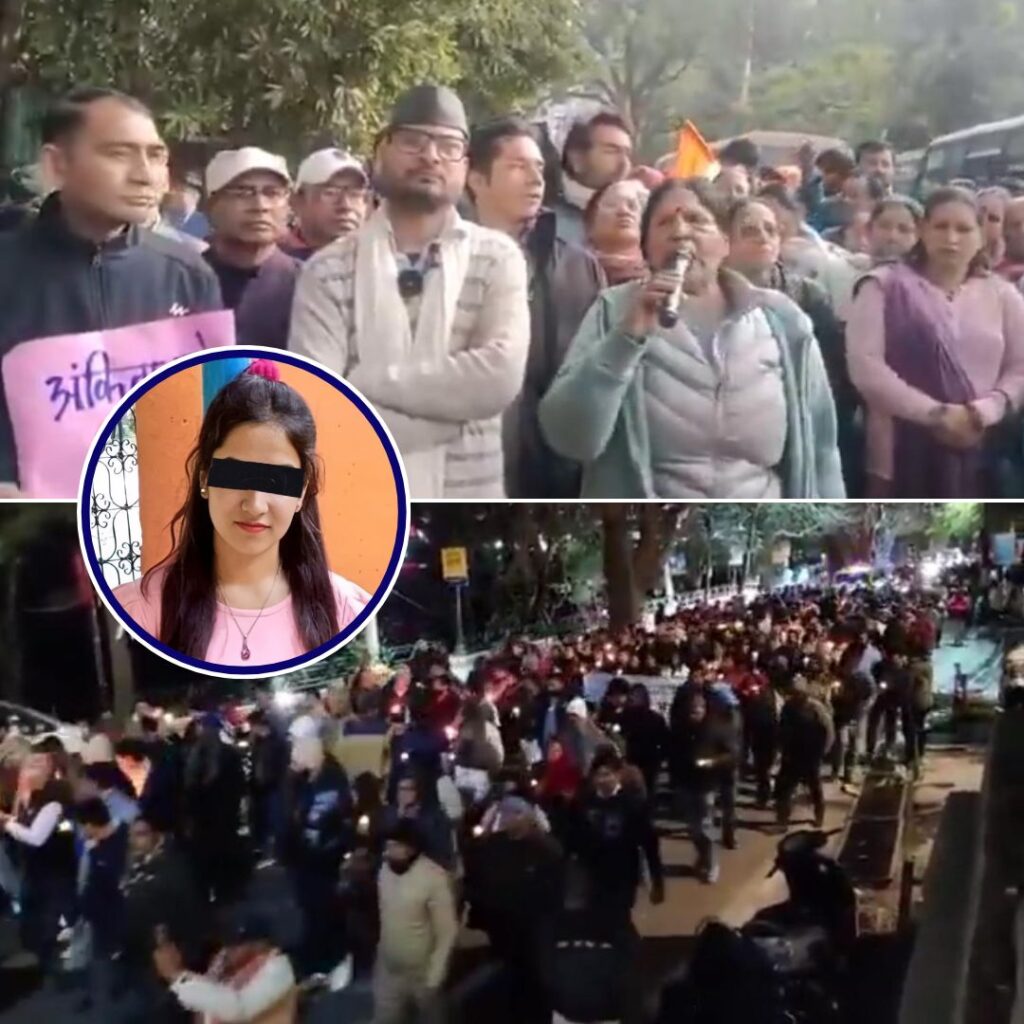Amid the World Health Organisation (WHO) praising the efforts taken to contain the spread of COVID-19 in Mumbai’s Dharavi, one of the world’s largest slums, the local civic body said proactive screening, along with the assistance of private doctors and community support, were crucial in the fight against the deadly virus.
‘There are many examples from around the world that have shown that even if the outbreak is very intense, it can still be brought back under control,’ WHO chief Tedros Adhanom Ghebreyesus had said while addressing a virtual press conference in Geneva on Friday, July 10.
‘And some of these examples are Italy, Spain and South Korea, and even in Dharavi — a densely packed area in the megacity of Mumbai — a strong focus on community engagement and the basics of testing, tracing, isolating and treating all those that are sick is key to breaking the chains of transmission and suppressing the virus,’ he added.
Thanking WHO, Brihanmumbai Municipal Corporation (BMC) had tweeted, ‘Thank you WHO for acknowledging Mission Dharavi where we partnered with citizens to Chase The Virus from one of the most populous blocks of the city. With your guidelines & Mumbai’s community efforts, we will beat #COVID19 one block at a time by Tracing-Tracking-Testing-Treating.’
Thank you @WHO for acknowledging #MissionDharavi where we partnered with citizens to #ChaseTheVirus from one of the most populous blocks of the cityWith your guidelines & Mumbai’s community efforts, we will beat #COVID19 one block at a time by Tracing-Tracking-Testing-Treating https://t.co/UoGfACgxmQ
— माझी Mumbai, आपली BMC (@mybmc) July 10, 2020
Dharavi, which was once a hotspot for the deadly virus, had first reported a casualty around 2nd April, after a 56-year-old man, with no travel history and contact with foreign travellers, succumbed to the virus. Till date, Dharavi has reported 2,359 COVID-19 cases, of which 1,952 patients have recovered and only 166 actives cases are remaining. Meanwhile, as many as 77 people have succumbed to the virus.
According to Kiran Dighavkar, Assistant Commissioner of the G North ward of BMC, the civic body had begun proactive screening, a change from its traditional approach of waiting for patients, contact tracing, isolation and home quarantine to begin instead.
‘Proactive screening helped in early detection, timely treatment and recovery. At least six to seven lakh people have been screened in Dharavi, while 14,000 persons were tested and 13,000 were placed in institutional quarantine with medical facilities and community kitchen for free,’ Dighavkar told PTI.
Challenges For Officials
Spread over 2.5 sq km, with a population of 2,27,136 per sq km, Dharavi had posed a major challenge to the authorities, with the congested streets making social distancing and contact tracing all the more difficult.
‘At least 80 per cent of Dharavi’s population depends on 450 community toilets and the administration had to sanitise and disinfect these toilets several times a day,’ Dighavkar said.
With families of eight to 10 people living in 10×10 hutments and residents having to walk along narrow lanes lined with crowded tenements on either side, social distancing was also next to impossible, he added.
In addition to the congested slum pockets, Dharavi is also home to several small-scale leather, pottery and textile manufacturing units. The area contains 5,000 GST-registered enterprises, 15,000 single-room factories and is also a hub of international exports with an annual turnover of 1 billion USD.
Despite the challenges, the efforts of the civic authorities and the local participation significantly brought down the doubling rate of the virus. While the doubling rate was 18 days in April, it improved to 43 days in May and further slowed down to 108 and 430 days in June and July respectively.
‘The recovery rate has risen to 82% and number of active cases is only about 166,’ Maharashtra Chief Minister Uddhav Thackeray said.
4 Ts Behind ‘Mission Dharavi’
‘Our approach to tackle the virus was focused on four Ts – tracing, tracking, testing and treating,’ Dighavkar said.
As the number of cases spiked, and under 50,000 people were checked, officials came up with ‘Mission Dharavi’ to tackle the spread of the virus.
Every day, medical workers set up fever camps across the slum in order to screen the residents for symptoms and to test for COVID-19, if needed. As part of proactive screening and fever camps, doctors and private clinics covered as many as 47,500 houses, while 14,970 people were screened in mobile vans. In addition to this, special care was taken for the elderly residents and 8,246 senior citizens were surveyed.
‘We mobilised all private practitioners. At least 24 private doctors came forward and the civic body provided them with PPE kits, thermal scanners, pulse oxymetres, masks, gloves, and started door-to-door screening in high risk zones and all suspects were identified,’ he said.
Later, the civic body also asked all medical practitioners…











